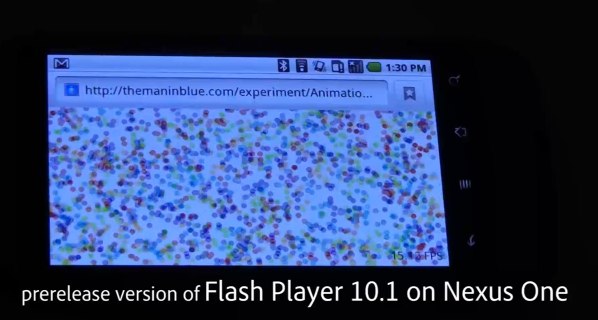
To access Help for the local Settings Manager, click any of the individual Learn more….

Windows: click Start > Settings > Control Panel > Flash Player.To access the local Flash Player Settings Manager that is native to your operating system: Users of other operating systems and earlier versions of Flash Player can continue to use the Online Settings Manager described here. I've already set privacy and disk space options in my browser, do I need to doīeginning with Flash Player 10.3, the Local Settings Manager supersedes this Online Settings Manager for managing global settings on Windows, Mac, and Linux computers. The Local Settings Manager can be accessed in the Control Panel on Windows and in System Preferences on Mac. What are peer-assisted networking settings?.What are protected content playback settings?.To change Flash Player settings on mobile devices, visit the Settings Manager for mobile devices. Due to its history of security and stability problems, users on the desktop are still encouraged to always update to the latest version.This information applies to Adobe Flash Player on desktop and notebook computers.

Adobe announced the end of Flash for mobile devices in late 2011. However, with the advent of HTML5, Adobe Flash is in decline. Without it, many videos and games cannot be displayed in the browser. No additional installation is necessary for Google Chrome which includes its own edition maintained by Google.Īdobe Flash player is still an essential part of today's web browsing experience. One, called Adobe Flash Player ActiveX, is only for the use within Microsoft Internet Explorer, while the other, Adobe Flash Player Plugin, is for the use in other browsers such as Mozilla Firefox. On Windows, there are two separately available editions of Adobe Flash Player. It is not available within the browser on Apple's iOS mobile devices (iPhone, iPad), where Apple disallows it citing security and stability reasons.

Flash Player is often used to display videos, games, and advertisements.Īdobe Flash Player is available for many platforms and browsers, including Windows, MacOS X, Linux, and several mobile device operating systems such as Android. It was initially developed by Macromedia, which was purchased by Adobe in 2005. Since its inception in 1996, Adobe Flash Player has become a quasi-standard for the display of video content on the web.


 0 kommentar(er)
0 kommentar(er)
